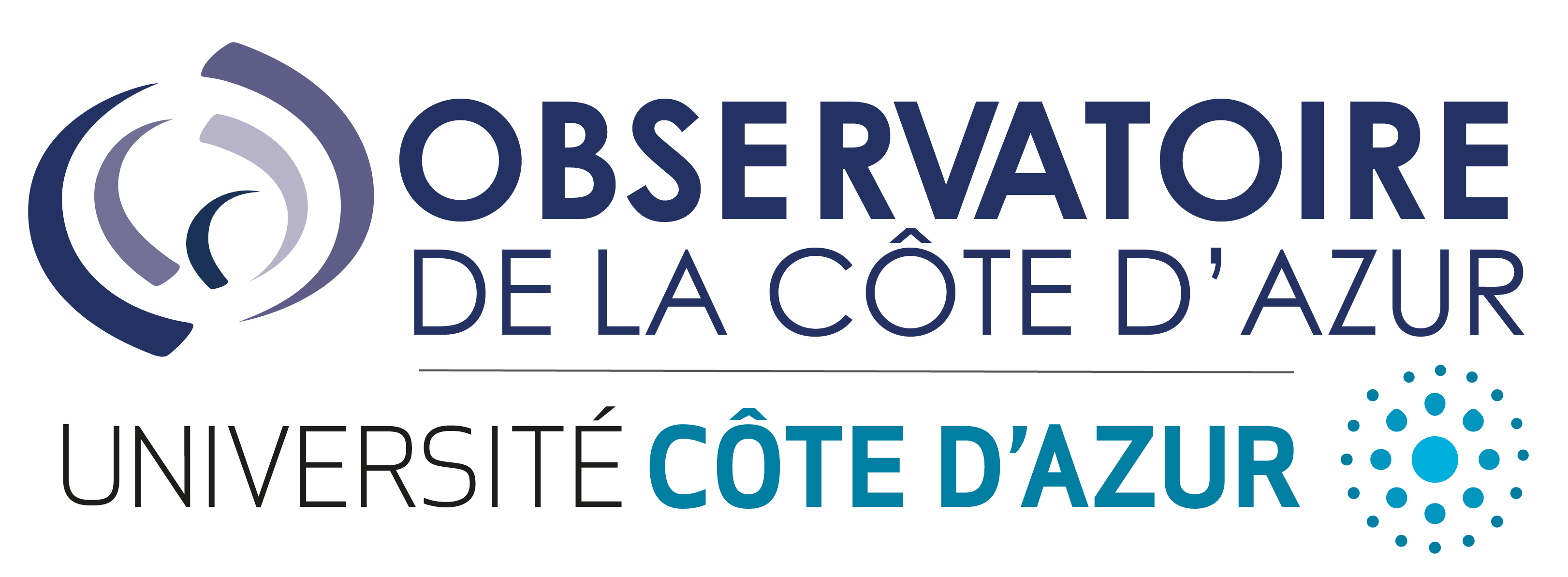The geology and evolution of the Near-Earth binary asteroid system (65803) Didymos
Résumé
Images collected during NASA’s Double Asteroid Redirection Test (DART) mission provide the first resolved views of the Didymos binary asteroid system. These images reveal that the primary asteroid, Didymos, is flattened and has plausible undulations along its equatorial perimeter. At high elevations, its surface is rough and contains large boulders and craters; at low elevations its surface is smooth and possesses fewer large boulders and craters. Didymos’ moon, Dimorphos, possesses an intimate mixture of boulders, several asteroid-wide lineaments, and a handful of craters. The surfaces of both asteroids include boulders that are large relative to their host body, suggesting that both asteroids are rubble piles. Based on these observations, our models indicate that Didymos has a surface cohesion ≤ 1 Pa and an interior cohesion of ∼10 Pa, while Dimorphos has a surface cohesion of <0.9 Pa. Crater size-frequency analyzes indicate the surface age of Didymos is 40–130 times older than Dimorphos, with likely absolute ages of $$\sim$$ ~ 12.5 Myr and <0.3 Myr, respectively. Solar radiation could have increased Didymos’ spin rate leading to internal deformation and surface mass shedding, which likely created Dimorphos.
| Origine | Fichiers éditeurs autorisés sur une archive ouverte |
|---|


